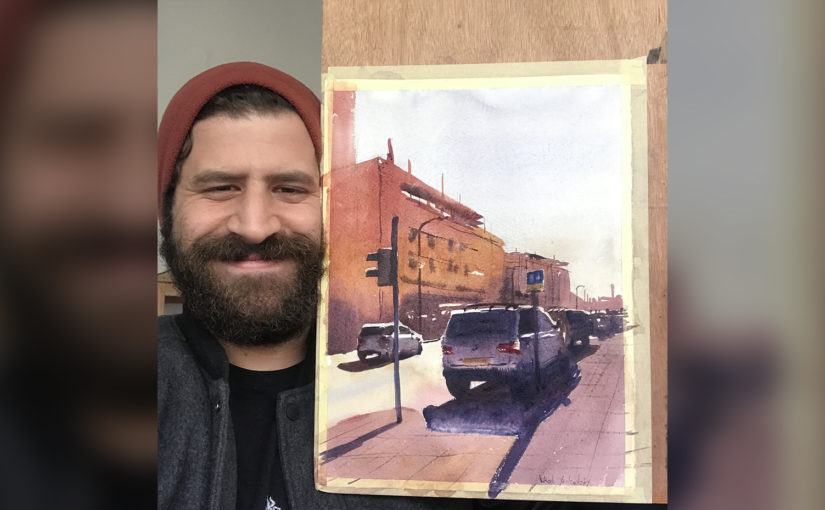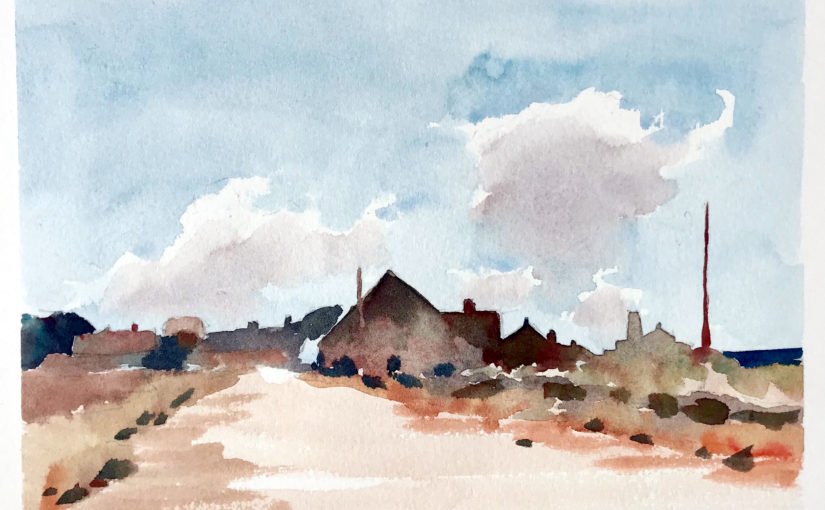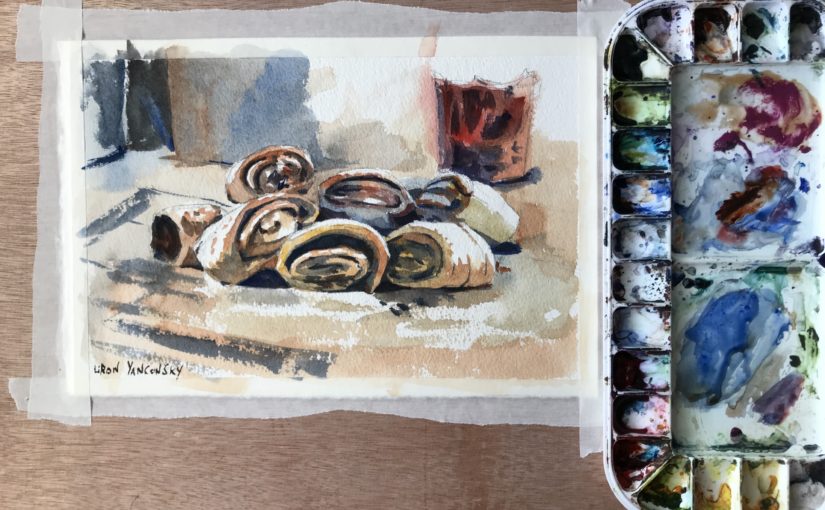Podcast: Play in new window | Download
Hi there, Liron here!
Today I wanted to talk to you about a little challenge I have for myself, for the month of December 2018.
Paint More
My challenge is to paint more than I usually do. I would say I average at about 2 hours a day, for 4-5 days a week. I want to increase that to around 4-5 hours a day.
So far it’s been working really well! ^_^
Reasons for Painting More
There are a few really good reasons for me taking this challenge upon myself.
Accelerated improvement – I have experienced a significantly accelerated growth of skills in the past 6-12 months. I feel like I have a really strong momentum that I’d like to capitalize on.
I still learn a lot – I’m still learning so much with each and every painting I do. It keeps surprising me actually.
This is also noticeable when starting to work on a new painting. I always feel like I’m better prepared “this time”. And that’s because I am increasingly more prepared with each and every painting I do.
No Plateau – I haven’t plateaued in my skills in a while now. I honestly don’t remember the last time I felt significantly uninspired / demotivated to paint. Nor do I don’t remember the last time I feared the blank page.
I want to really maximize and capitalize on all of the above, to make the most out of this time period.
My biggest fear, always, is regret. And I don’t even want to give myself the opportunity to regret anything I’m doing now (;
Painting More – Results So Far
So far I’ve been doing decently on the challenge itself, in terms of time spent painting. I’m definitely not at 4-5 hours a day like I wanted to, but it has increased to around 3.
In terms of the process, I feel BRAVER. I’m happy to test my comfort zone and try new things, and I create in a very spontaneous yet immersed way.
I will keep at it and let you know how it goes around the end of the month (and year!!).
And with that being said, let’s move on to the artist corner!
Artist Corner
In this episode I featured Dax, an up and coming rapper.
When I started this podcast I made a decision to feature a large variety of artists, and different types of them. And this is an example of that.
You may or may not know, but I love rap. And this guy is someone I stumbled upon rather recently. I could immediately tell he is very talented, and probably also works hard to create his music.
Just about 1-2 years ago he was a night-time janitor, and now he’s starting to gain some success.
If you don’t like profanities, don’t look into his stuff (as most rap has lots of it). My apologies if that’s the case.
But if you don’t mind, I would definitely check out his songs. My favorite is a remix of a song by Tupac Shakur: Dax – Hit ’em Up
And here’s where you can find me
Check out my YouTube Channel – Liron Yanconsky
Or ask me questions on Instagram – @LironYanIL or Snapchat – @LironYan3
I hope you enjoyed this one. Take care, and we’ll talk again really soon,
– Liron



